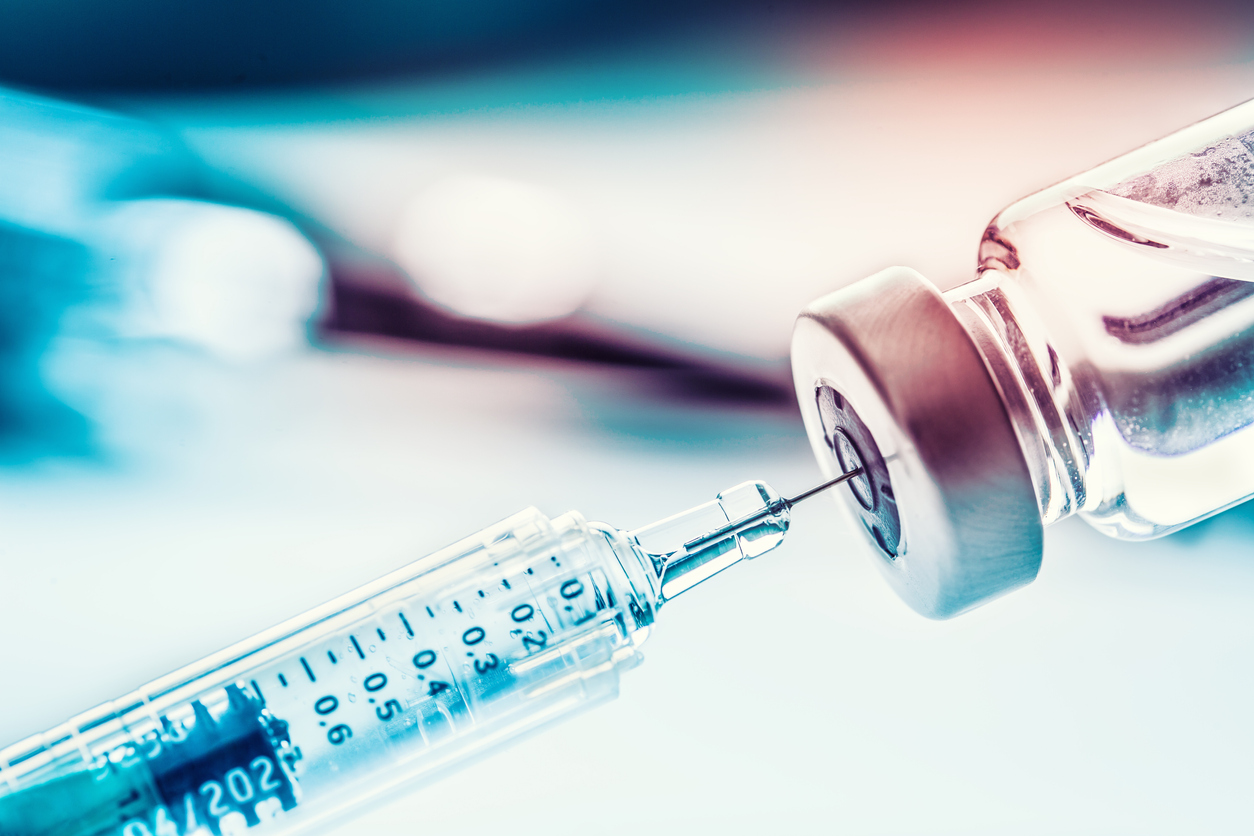Remember the good old days, when a dosing spoon or cup was dispensed with liquid medication and a product in a prefilled syringe was just a drug? Well, we know now that those days are over, and maybe they should be. The presentation by three FDAers, Markham Luke, MD, PhD, Karyn L. Berry, MD, MPH, and Ke Ren, PhD from the Office of Generic Drugs, let us know that the old days are gone for good.
Today, as I am sure you have either noticed or been told in a complete response letter or refuse-to-receive letter (refuse-to-file letter if an NDA), almost anything packaged together with a drug product (dosing cup, spoon, or syringe) or complexed with a drug (transdermal system, vaginal ring, slow-release implantable product), metered dose inhaler, even a drug with a dose measuring card or unique delivery system, has crossed over into the drug-device realm.
Some interesting tidbits from the FDA presenters referenced above are provided below.
Drug-device combination generic products classified as therapeutically equivalent (TE) to their reference listed drugs (RLD) and, thus, substitutable for the RLD can be expected to produce the same clinical effects and have the same safety profile under the conditions of use in the RLD labeling. No surprise here!
The device component of the product must be similar to that of the RLD but some changes are allowed. The physical performance characteristics of the generic device must demonstrate the same quality and ability to deliver the drug in a similar manner. Issues of extractables and leachables studies must be addressed, and labeling should be “the same” as that of the RLD, with some minor differences that may be allowed based on the generic device. However, the basic concept for generic device “sameness” to the RLD and in-labeling is that the FDA expects that end users can use the generic combination product when it is substituted for the RLD without intervention of the healthcare provider and/or without additional training prior to use. Thus, while there may be room for some differences, each difference must be identified and characterized to assist the OGD in making a final decision.
The FDA makes a “sameness” decision on a case-by-case basis by comparing the user interface, instructions for use, and other characteristics. The Agency looks at any difference in context of the product. For instance:
- Urgency of Use: Emergency vs. Non-Emergency
- Frequency of Use: Single Use vs. Repeated Use
- End-Users: Patient and Caregiver Groups vs. Healthcare Providers
- Environment of Use: Clinical (Hospital, Outpatient Clinic) vs. Nonclinical (Home, School, etc.)
- Patient Population: Dexterity (i.e., Range of Motion, Fine Motor Coordination), Incapacitated (naloxone), Adults, or Pediatrics
These factors are considered for all tasks (e.g., priming, cleaning procedures, storage).
For product differences, reviewers recommend paying attention to extraneous markings on oral dose cups or oral dosing syringes that are not consistent with the doses recommended in the RLD product’s approved labeling, ensuring that your device can measure an exact dose, and (one very interesting point) being sure to consider the contrast between the drug and the dosing cup or syringe’s markings so the patient or caregiver can see the dosage marking clearly. I remember one instance of a dark liquid where the dosing cup was dark in color as well and it was almost impossible to find the proper dosing line.
In summary, one reviewer noted:
- All design differences should be identified, adequately analyzed, and scientifically justified.
- Context of use should be considered when assessing differences as minor versus “other” design differences.
- If an “other” design difference is present, discussing it early with the FDA in a controlled correspondence or pre-ANDA meeting is recommended.
- Include additional information or data in your proposal for assessing the acceptability of differences identified in the user interface.
- Submit specific questions with your proposal.
There are other recommendations for complex drug-device combination products, such as metered dose and dry powder inhalers, transdermal systems, autoinjectors, etc. One FDA reviewer gave the following tips in their summary:
- A drug-device design can impact the in vitro and in vivo performance, as well as drug delivery.
- BE studies should be conducted with the to-be-marketed device.
- If the device is redesigned late, after the BE studies are completed, it may affect in vitro characterization. Bridging data may be needed between device versions.
- There are multiple channels for communicating with the FDA, including controlled correspondences, product-development meetings, mid-cycle review meetings, and post-complete response letter meetings. All of these serve to address the industry’s questions at various stages of generic drug development and regulatory approval.
There are many opportunities to interact with the Agency, as noted above, that can be utilized by industry to have questions answered. Don’t put off getting answers to your drug development questions until just prior to ANDA submission or you may be wasting a lot of time only to find out that your product with its differences cannot be submitted as an ANDA. Be early in your contact with the FDA, especially prior to any BE study that may be necessary.
The world has become more complex, as have the requirements for drug-device combination products. Be sure you know your proper regulatory pathway and what may be needed before jumping over crucial advice and steps.



